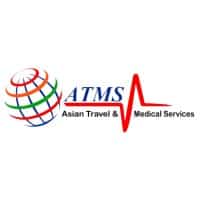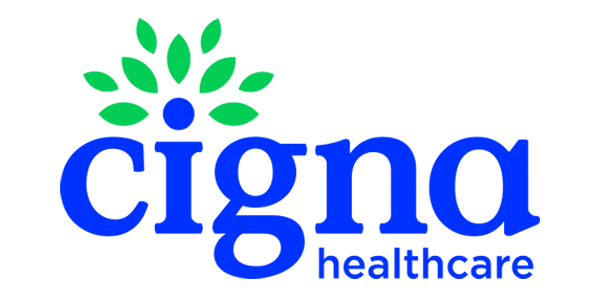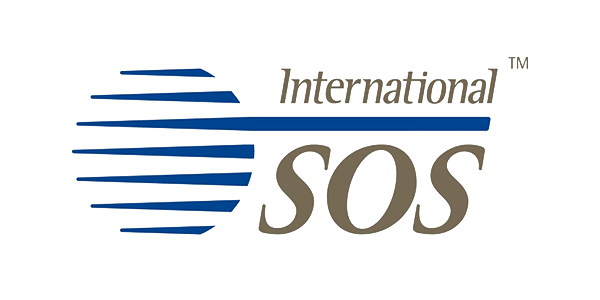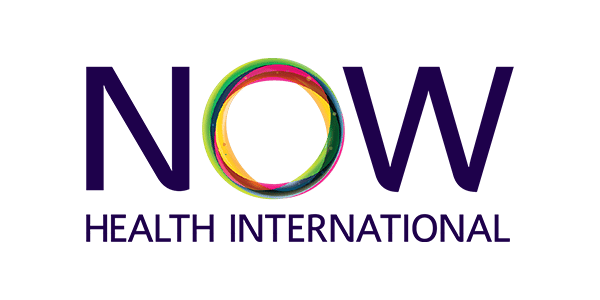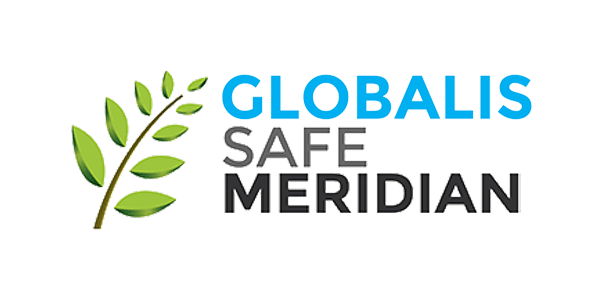Dengue cases and deaths have reached an all-time high in India as the total number of patients hit the 12,000 mark this year. As of Thursday, Oct. 15, a grand total of 12,020 incidents of dengue has been registered in Delhi after adding this week’s tally of 1,337 cases.
Thirty-two deaths have also been reported due to the vector-borne disease, though health experts believe that if unreported deaths are added, the total could reach 46. This year’s number of cases was nearly three times more than 2010’s outbreak with 4,375 reported cases.
Dengue fever is present in Singapore. It is a viral infection with flu-like symptoms, spread by Aedes mosquito, unlike malaria mosquitoes they can be found in the city area in daylight hours.
There is no treatment or vaccine, and the disease can be serious. Prevention by mosquito avoidance measures is the most effective action e.g. RID (insect repellent) and mosquito nets. Anti-malarial tablets do not offer any protection against dengue fever.
The symptoms are fever, severe headache, joint and muscle pain, rash and sore throat — usually appear 5-8 days after being bitten by the offending mosquito. The rash, which develops on the 3rd to 5th day of the illness, spreads from the stomach to the arms, legs and face. A few days after the rash appears, the fever breaks and recovery begins.
Dengue Haemorrhagic Fever is a rare but potentially fatal complication of Dengue Fever. This is more common in India and Southeast Asia, particularly amongst those who have had dengue fever before.
Any persons suspected of having dengue fever should be observed for signs of bleeding or bruising and seek urgent medical attention if this happens. Diagnosis is by blood test. It is usual practice to monitor the platelet count until full recovery. This may require repeat blood tests.





